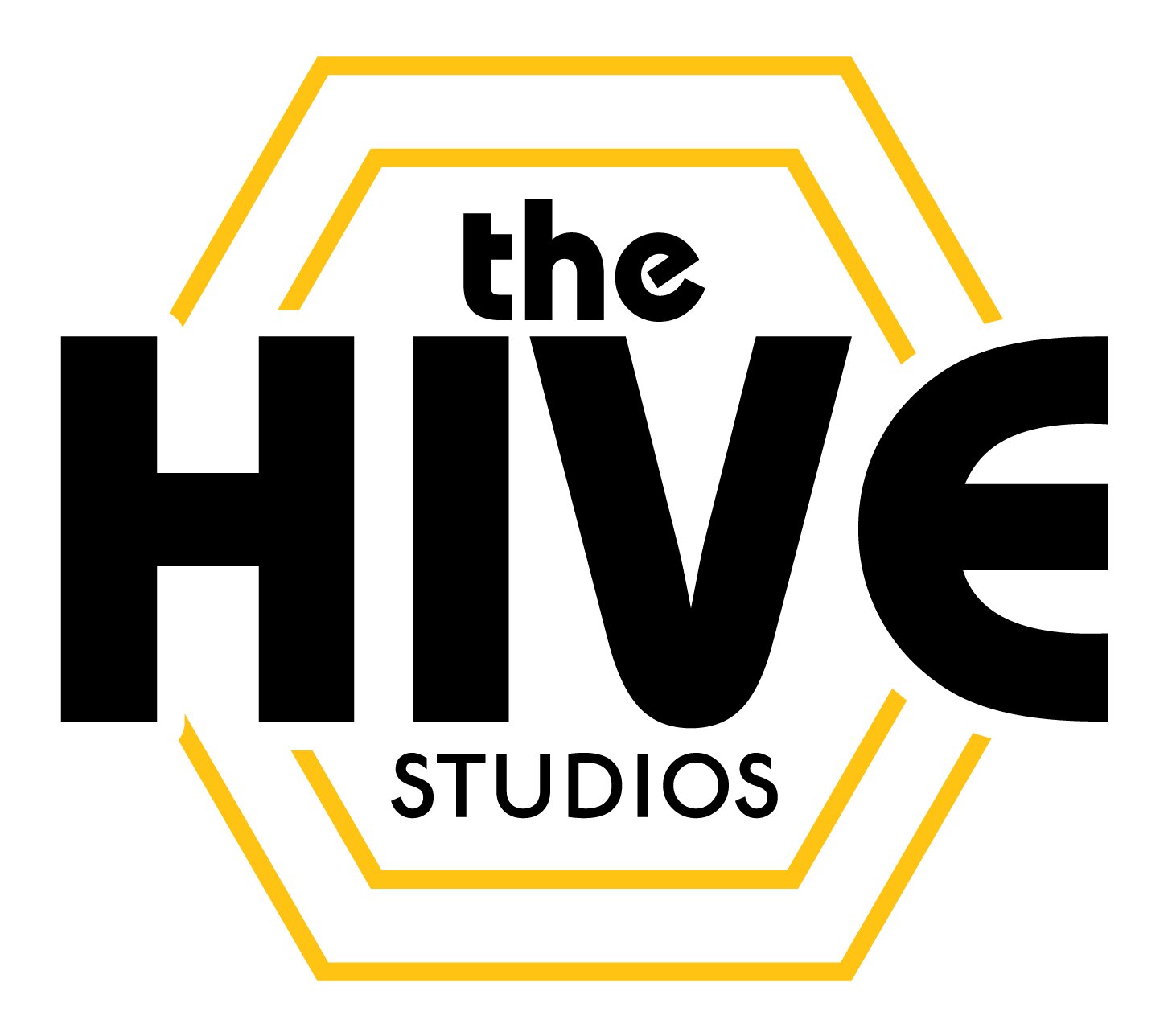We Asked: “How Do You Get More Clients?” Here’s What Came Up
These client-focused strategies come directly from a live, in-the-room conversation with creatives—freelancers, photographers, and small business owners who are navigating the same unpredictable market you are.
At The Hive Studios, we recently hosted an intimate marketing roundtable with a group of creative entrepreneurs—photographers, designers, content creators—people just like you, trying to grow something meaningful and sustainable. It was a relaxed, open conversation among peers who are all asking the same essential question:
"How do we consistently bring in new clients?"
Because let’s be honest: this business has its highs and lows. One month you’re swamped with work, the next you’re staring at an empty calendar. The feast-or-famine cycle is real, and it can be exhausting. So we gathered with one clear goal in mind: to figure out how to build steadier income, create stronger client relationships, and reduce the stress.
Five recurring ideas kept coming up in the room. These strategies sparked energy, resonated deeply, and felt rooted in our shared experience as creative entrepreneurs. And if you’re building a creative business of your own, they just might help you too.
1. Reactive marketing isn’t enough anymore
One of the first things we acknowledged is how many of us rely too heavily on reactive marketing.
We’ve all done it: waiting for leads to come through our site, posting on social media and hoping someone bites, tossing a link in a Facebook group. The common thread? It’s all passive. We’re reacting to opportunities instead of generating them.
But a business built on waiting isn’t a stable one. To create something more predictable, we need to get proactive. And that starts with making the first move.
That might look like DMing someone you’d love to work with. Or sending a personal email to past clients inviting them back. Maybe it’s making a hit list of dream publications or brands and starting a real conversation. Proactive outreach builds momentum, not just visibility.
When you shift from hoping something lands to actively generating leads, you start to feel more in control—and your business starts feeling more like a system and less like a gamble.
2. In-person networking still matters—more than you think
Another theme that kept coming up? How powerful it still is to connect face-to-face.
We’re so super connected, it’s easy to assume that DMs and emails can do the heavy lifting. And yes, those are useful tools, but they don’t replace the connection that happens in real life.
We’re not talking about just showing up to a networking event, nursing a drink, and hoping someone approaches. We mean getting involved in your local and industry communities.
Join your Chamber of Commerce. Volunteer. Speak at a local event. Serve on a committee. Become an active, consistent presence—not just when you need something, but because you’re invested.
When people see you regularly, you stop being just another creative. They see you as a business owner, a collaborator, someone to trust and refer. You become part of the ecosystem. And that visibility turns into opportunities you can’t necessarily predict, but you can count on.
3. Social media still works—but your content has to change
We had a lot of back-and-forth around what’s working on social right now, and what’s not. Here’s the hard truth: posting beautiful, polished work just isn’t enough anymore.
There was a time when uploading a killer photo was all it took to get inquiries. Now? The algorithm shrugs, and most people scroll by without a second glance.
But that doesn’t mean social is dead. It means we need to adjust. People don’t just want to see your finished product—they want to understand your process, your story, your perspective.
You don’t have to force yourself to become a TikTok comedian or do trends that feel inauthentic. You just need to create content that connects: short videos, thoughtful carousels, behind-the-scenes clips, mini tutorials, voiceovers, process breakdowns. Content that informs, inspires, or entertains your ideal clients.
Social platforms are still valuable. But the content that cuts through now is personal, story-driven, and made with intention. You already know how to create. This is just another way to share your creative voice with the people who need to hear it.
4. Ads can work, but only when they build trust first
Advertising wasn’t a major focus of our roundtable, but one smart ad strategy stood out, and it’s worth mentioning.
A lot of creatives avoid ads because they feel risky, expensive, or simply ineffective. And if you're just running cold sales ads, that makes sense. But there’s a better way: use ads as a trust-building tool.
Think of it like this:
Start with awareness ads: content that’s not selling, just introducing who you are and what you do. These might be behind-the-scenes videos, educational clips, or client stories.
Then move into lead generation: ads shown only to people who interacted with your awareness content. Here, you offer something of value in exchange for an email address: a free resource, a guide, a video tutorial.
Finally, run conversion ads to those warm leads: people who’ve seen your content, downloaded your freebie, and are primed to book or buy.
This approach creates a funnel of trust. You’re not cold-selling. You’re gradually building a relationship and only spending money on people who already know your value. That’s how you make ads work smarter, not harder.
5. Retainers are the key to stability
The strategy that got the whole room buzzing? Monthly retainers.
If you’re tired of the uncertainty that comes with project-based work, consider this: a retainer is an agreement where a client pays you a fixed monthly fee for ongoing creative work. That could be photography, content creation, strategy, consulting, whatever your expertise is.
The benefit is obvious: steady income. Instead of scrambling for new clients every month, you build a reliable base of work you can count on.
And clients benefit too. They get consistent access to you without the hassle of rebooking every time. It creates trust, continuity, and a real partnership.
Everyone agreed: retainers are one of the best ways to escape the unpredictable feast-or-famine cycle and create a foundation for long-term growth.
Final Thoughts: Build a business that works for you
At the end of the day, this wasn’t just a conversation about tactics…it was a conversation about figuring out how to feel like we’re back in the driver’s seat when it comes to our businesses.
How do we stop feeling like we’re just riding the wave, hoping for the best? How do we start designing our businesses with more intention, more clarity, and more predictability?
Whether you start by reaching out to old clients, showing up to your next local event, experimenting with new content, building a better ad funnel, or pitching your first retainer client, just start somewhere.
Pick one strategy. Go all in. Because the path to stability, creative freedom, and sustainable income doesn’t come from chasing every trend. It comes from doing the simple, foundational work. Consistently, and with purpose.


